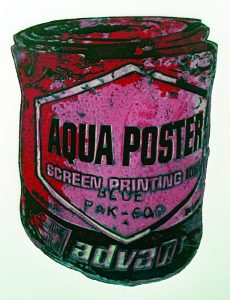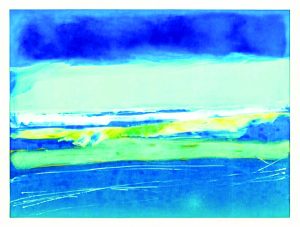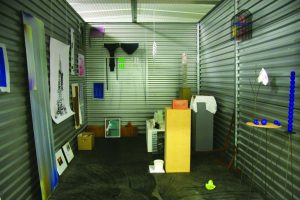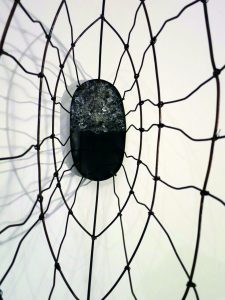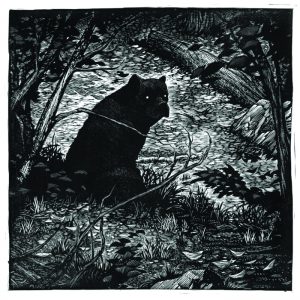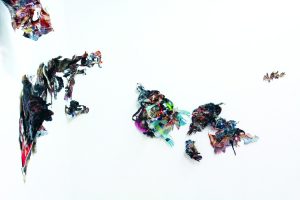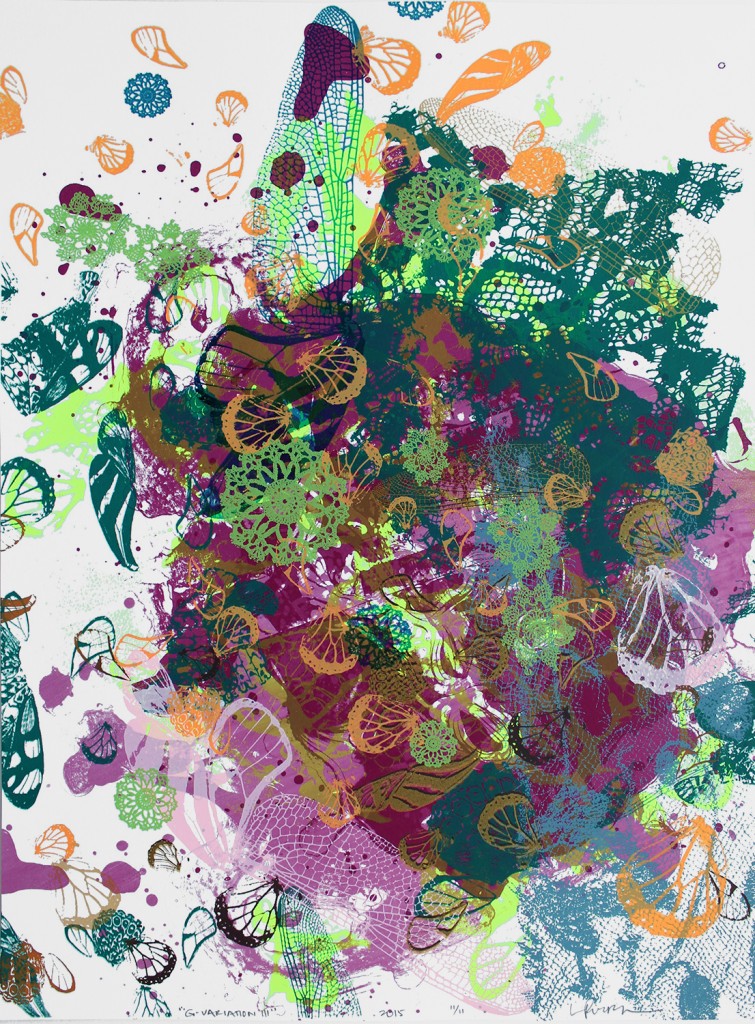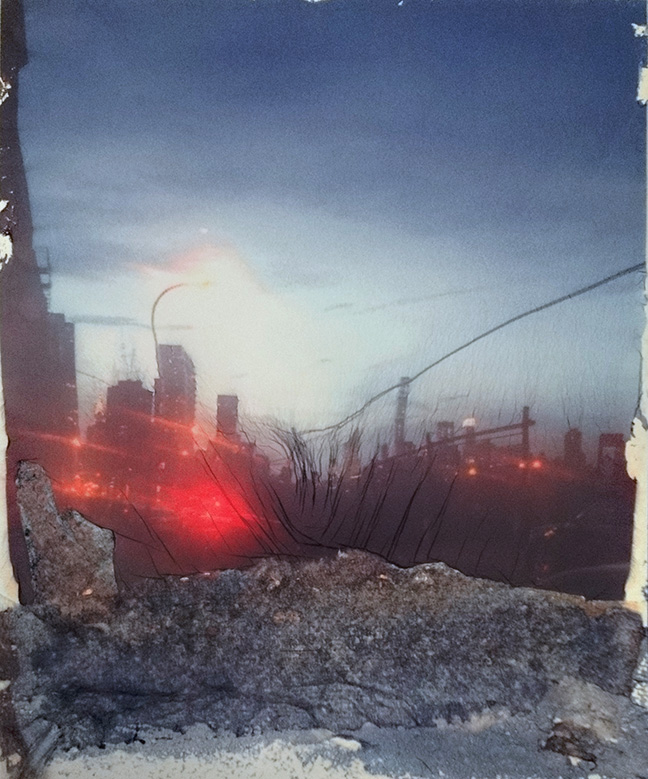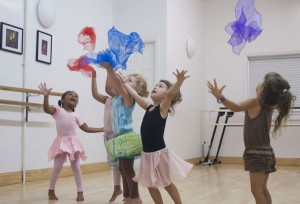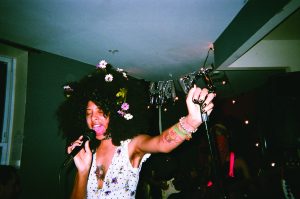
Opening Up the Art Scene
If you are looking for an exciting night out, full of high energy, great food and drinks, and a wide variety of live music, Hartstop has you covered. Hartstop is a community-oriented DIY collective production company working to bring audiences and artists of all kinds together to inspire growth, creativity, and collaboration.
Founders Nick Kaufman, Lily Reszi Rothman, and Paris Anderson started hosting house shows in early 2018, and since have grown Hartstop, producing 3 to 4 concert events a month at local venues around Brooklyn.
“It made sense. We found ourselves in an apartment that was weirdly set up perfectly for live events.” Their open living room conveniently constructed to pull focus toward a stage like corner; an open kitchen for a bar, an friendly street, and a rooftop for DJ dance parties. All with backgrounds in music and production, they decided to continue with the goal of creating an affordable, collaborative open artistic platform for everyone. “We tried one, and tried a second and third. And we were like let’s keep on doing it.”
Lily explains how the NYC music scene has largely been dictated by gatekeepers, so they wanted to build a company that broke down that power system. She says, “The idea of having a house show is the doors are open.” While artists would normally have to navigate a network of directors and managers for a gig, and be limited to the requirements of a particular venue or client, Hartstop works to provide an open and honest platform. A platform to not only perform, but connect with the audiences by showcasing their various talents and creating a community comprised of other musicians, artists, small businesses, and local venues. Nick, Lily, and Paris provide support in any way they can; from access to equipment, social media promotion, and even providing a place to sleep for touring bands.
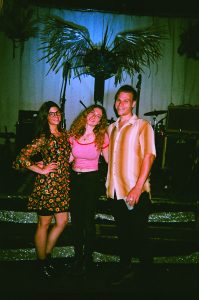
At first, they were inviting friends, friends of friends, bands and musicians they liked to play shows, but now the majority of their booking comes from people contacting them. Many artists simply reaching through email or Instagram messages. On booking, Nick says, “We want people to feel welcome and comfortable… Keeping the line up eclectic and as representative as possible.” They will consider the local music scene, bands that like to play together or have overlapping members, or sometimes will build a show around a particular artist. Today, Hartstop has hosted bands and musicians from Atlanta, Minnesota, California, Chile, the Dominican Republic, and of course, New York City.
At one show, a band from Puerto Rico reconnected with a New York-based band they had worked with years ago. It’s hard to say if they would have seen each other again if not for the dynamic line up and engaging connections Hartstop strives for.
Hartstop events also integrate other visual artists and businesses, always hosting a full bar and partnering with catering companies, like Brooklyn Kitchen. At shows, you can find a space for vendors selling anything from jewelry to collage prints to crochet hats. They have also had people doing stick and poke tattoos, visual projections displays, puppeteers mini-shows, and tarot card readings. Nick says, “We try to be supportive of any art people have… It helps to build a greater experience at events. And it gives people the opportunity to showcase the multi-faceted elements of themselves. So you might not just be a DJ, but also great at ceramics.”
The venues are equally important in providing a multi-faceted, compelling, and open experience. Each maintaining its own personal, homey, and intimate vibe. The look for spaces that are more of a blank space location, that don’t have a huge representation of what their shows are like. Rubulad, a venue in Williamsburg, provides an amazing set up with a whimsical outdoor garden space, tent for vendors, and stage building complete with disco ball, bizarre decorations, and minibar. And that limitless creative possibility is the excitement of Hartstop.
Paris explains, “You never know what you are going to get. That’s why you want to come! Whatever it is- it’s going to be good and going to be fun. It’s bands and musicians you maybe would never see before. And you don’t know who’s going to be first, or who will be last.”
At every event, there is a powerful merging of people, genres, music, and spaces. You may arrive while a solo artist sings acoustic Spanish ballads, be purchasing jewelry outside with a DJ spinning soul records, and end your night dancing to an alternative rock band. “Every show feels like a mini-festival. There are so many things going on… At house shows, the living room is the main music space, or you can go on the rooftop with solo artists or DJing.”
The founders/roommates/friends tell how its always exciting to see their house transform from an everyday living area to an open performance space. Significantly, they have not had any major problems and always found people to be very trustworthy and supportive when they open up their home. Though they do note that when shows are on Saturday nights and garbage not until Wednesday, there’s always a four day period where the house smells like beer.
The future of Hartstop looks to expand into building community groups and resources, beyond going out to a party or show. They have recently started a monthly program, called Good-Grief, in which people can come together and provide comfort and counseling to those going through bereavement or other painful times. Paris tells how she recently lost a family member and hoped to provide the same support she received to others. “Grief and loss is something we all go through. And bringing people together to sit and talk is the first step in the process of healing.”

As part of their connection goals, the team keeps their shows affordable ($8 to $10 admission) and make sure to compensate everyone working and performing with them. Something that unfortunately can be very rare in the NYC art and music scene. And this difference from “paying in exposure” resonates. “You feel the difference, if the venue or space is taking care of the artists and if the artists feel appreciated. We are very mindful of building a real supportive community that people can interact, engage, and contribute to.”
When you go to a Hartstop show you can feel this energy of the collative work that has gone into providing an exciting and dynamic night to engage with new musicians, artists, and a community audience from around Brooklyn and beyond. As Lily states, “Hartstop wouldn’t be anywhere without our community. Whether it is working the door, bartending, working sound -There’s a lot of little things put together to create something really cool.”
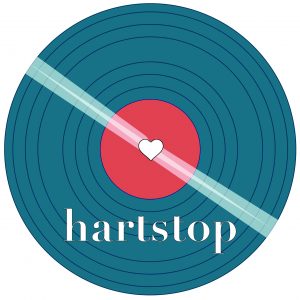
Keep updated on Hartstop’s upcoming events at https://hartstopbk.wordpress.com/ or follow them on Instagram @hartstopbk .
Photographs by Lily Reszi Rothman @disposability

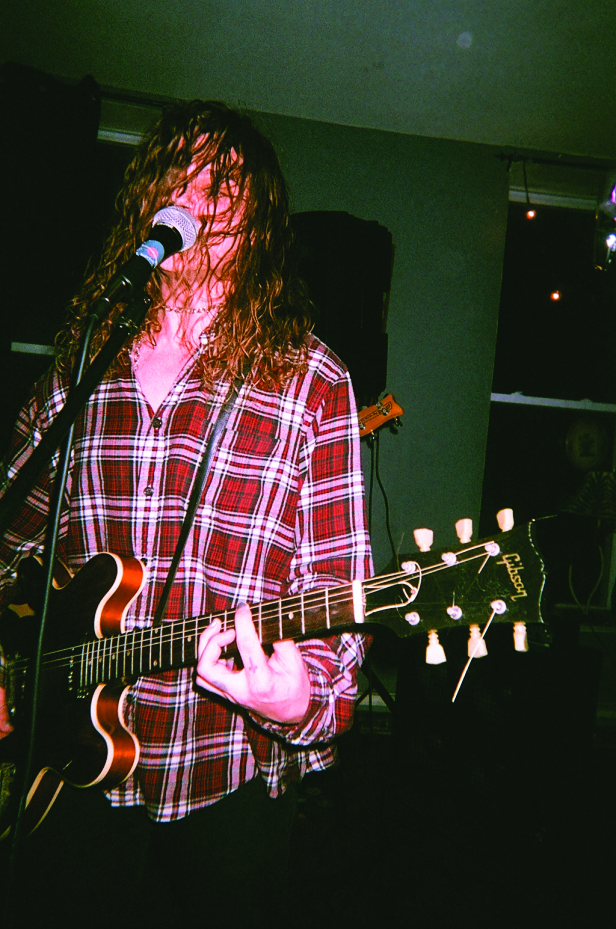
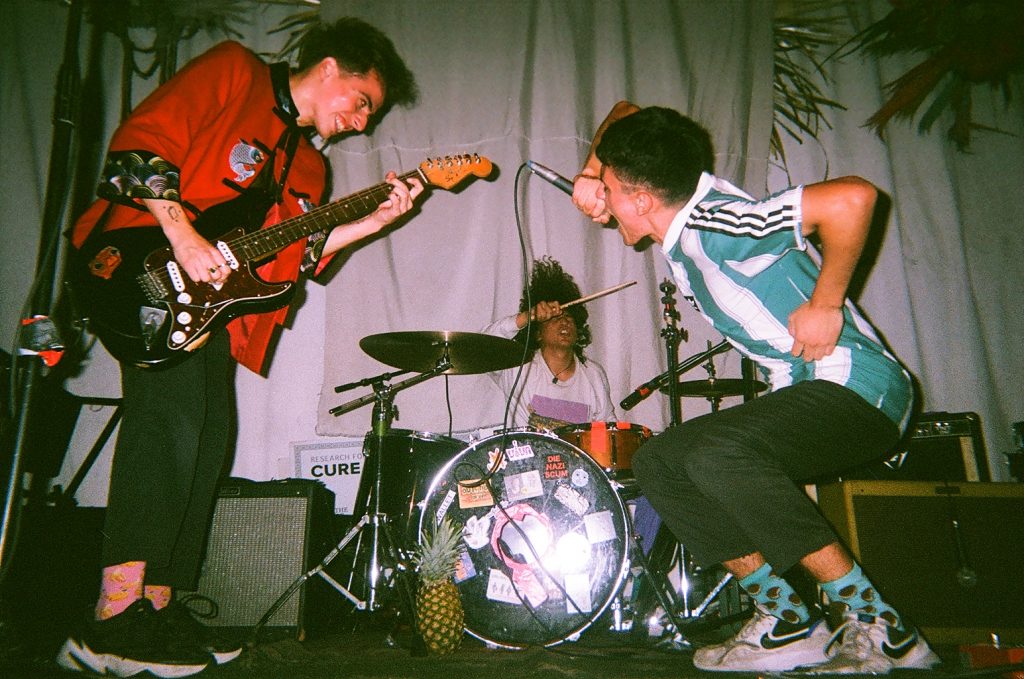
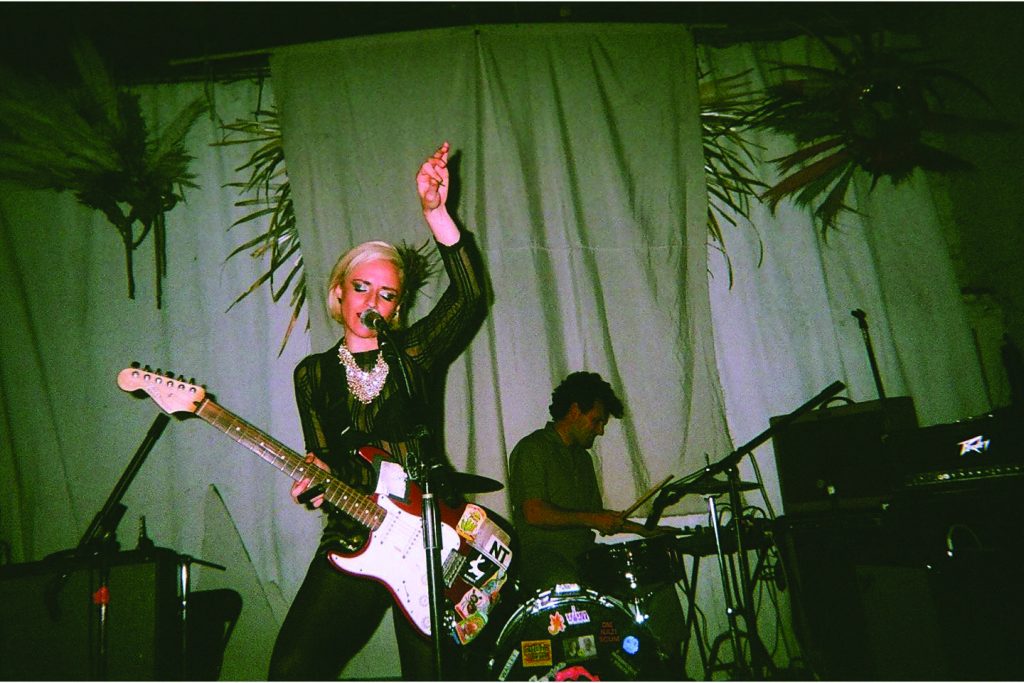
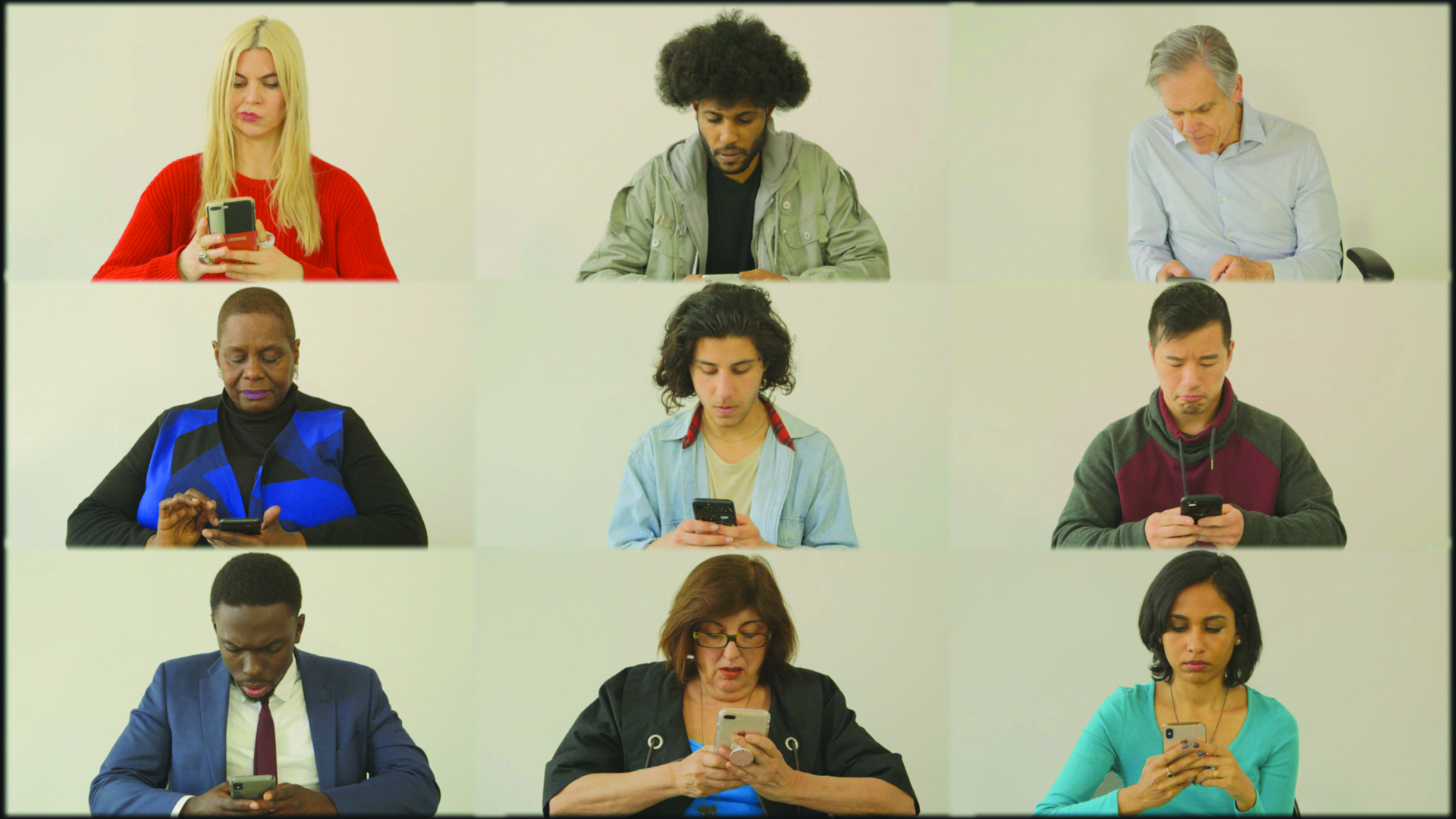
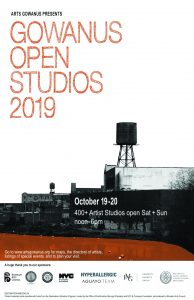
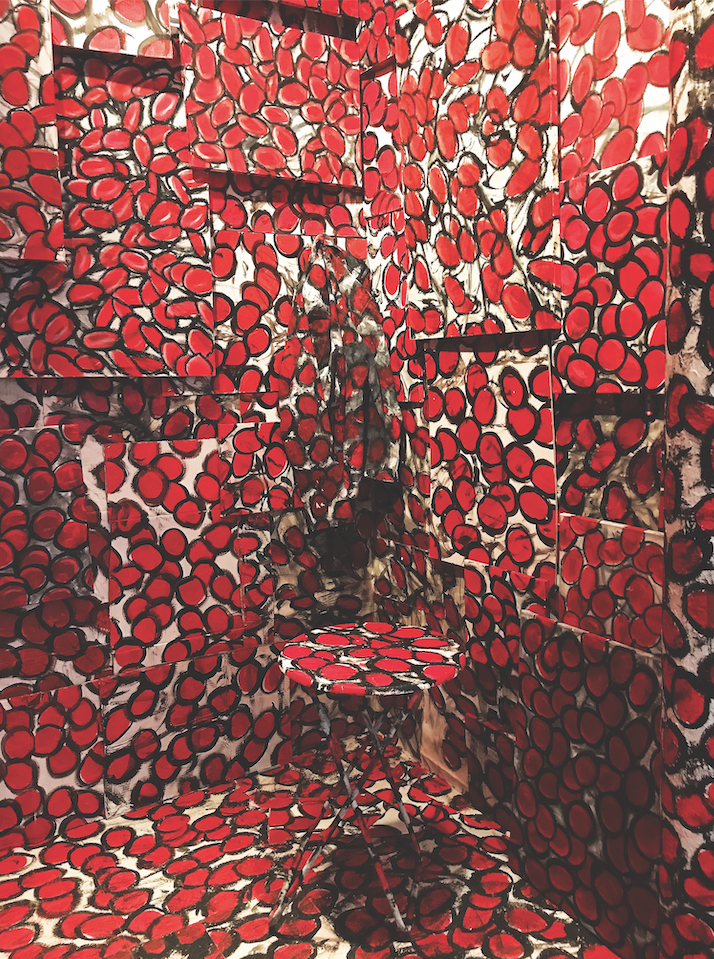

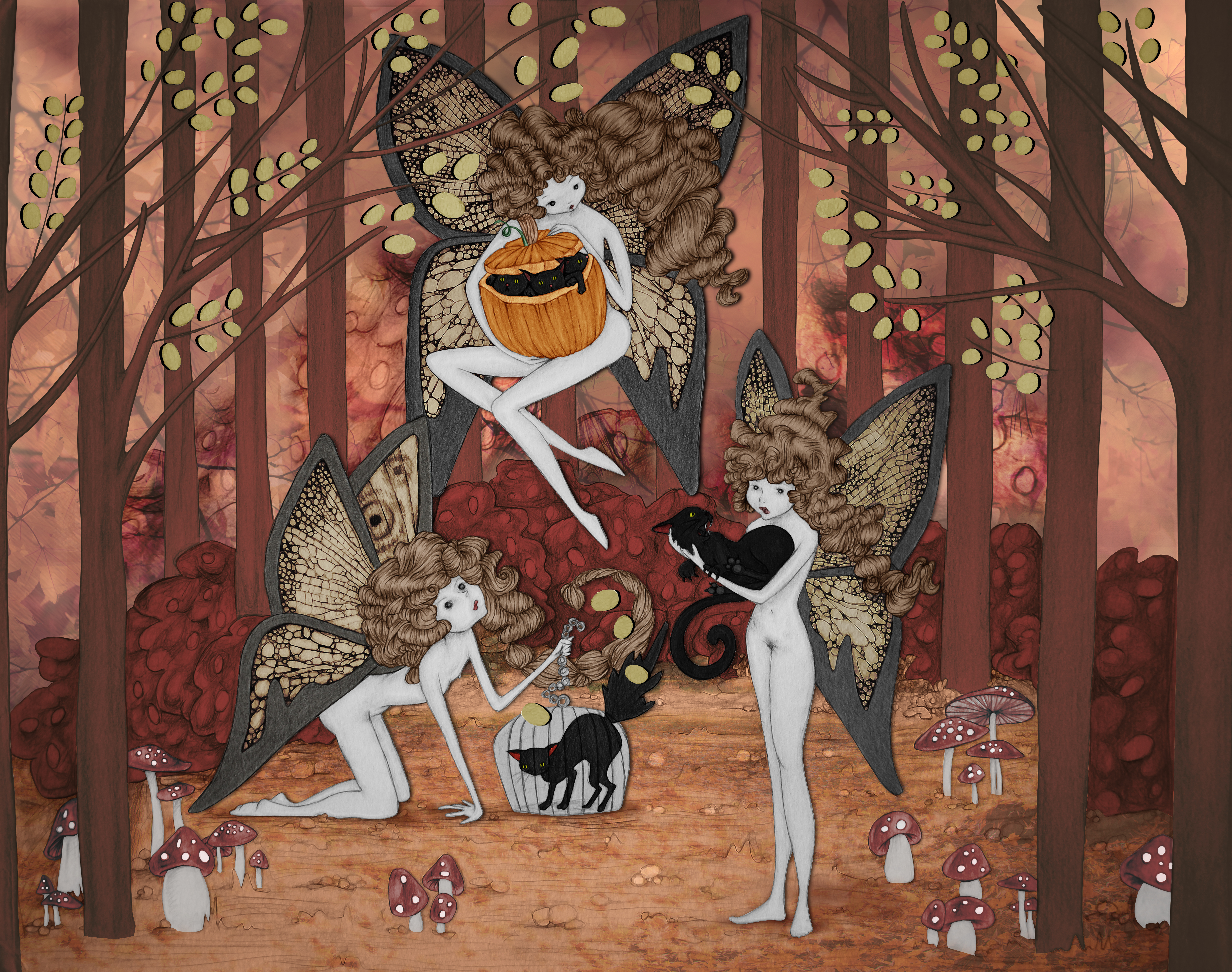
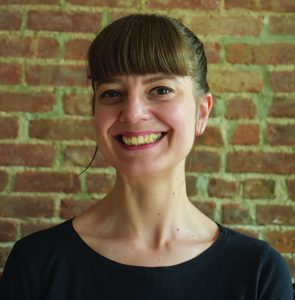
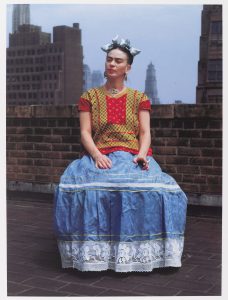
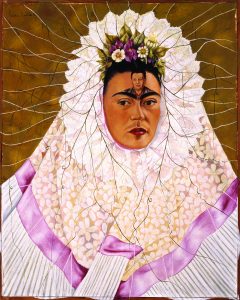

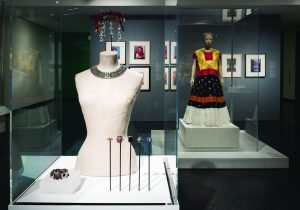
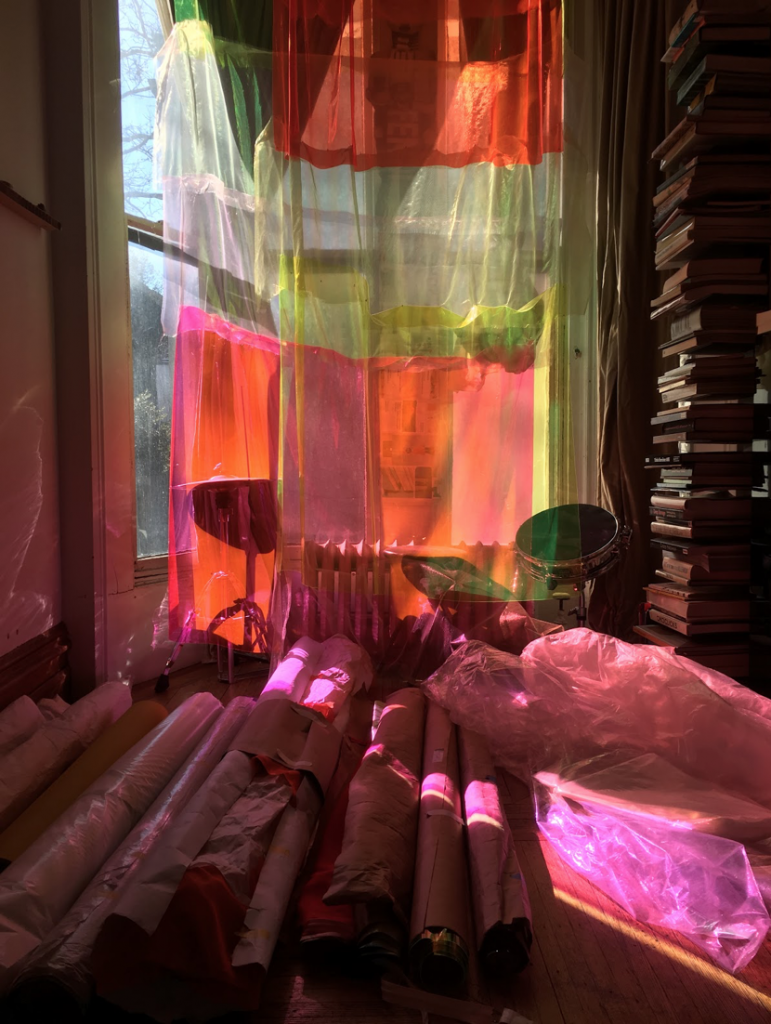
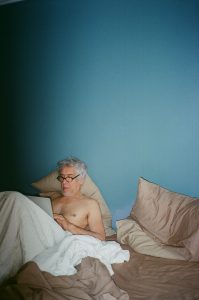
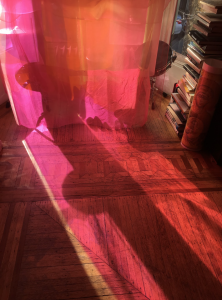

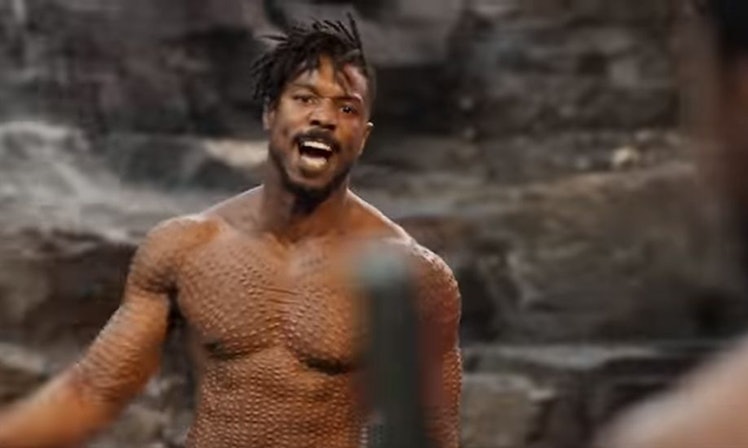
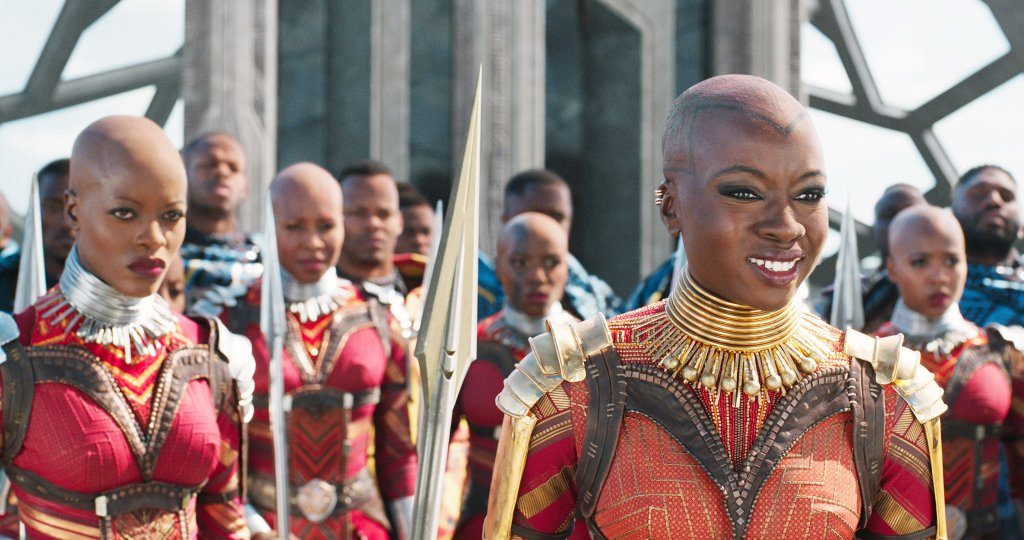
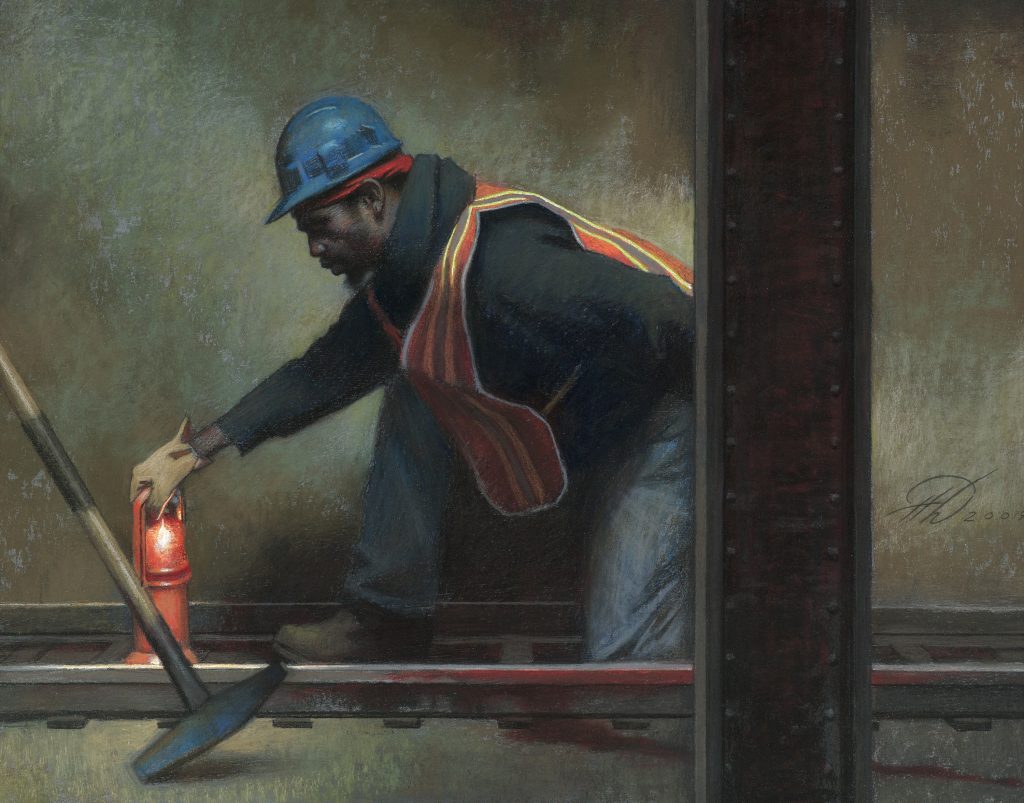
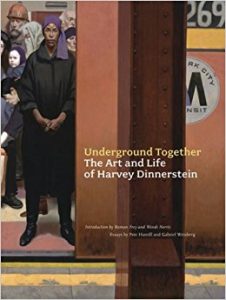 Not so coincidentally, HD also has a 2008 book entitled “Underground Together” which includes a number of memorable subway portrayals. Of course, the book has plenty of paintings and drawings about other subjects, and Park Slope residents will almost certainly recognize at least one or two local landscapes on its pages. Dinnerstein’s fascination with the MTA, though, makes perfect sense in light of the vast array of visually-diverse straphangers who push the turnstyles every day. Where else could a realist figurative artist hope to find such an extensive gathering of unique and intriguing models?
Not so coincidentally, HD also has a 2008 book entitled “Underground Together” which includes a number of memorable subway portrayals. Of course, the book has plenty of paintings and drawings about other subjects, and Park Slope residents will almost certainly recognize at least one or two local landscapes on its pages. Dinnerstein’s fascination with the MTA, though, makes perfect sense in light of the vast array of visually-diverse straphangers who push the turnstyles every day. Where else could a realist figurative artist hope to find such an extensive gathering of unique and intriguing models?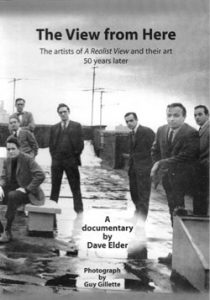 The Gerald Peters Gallery show runs from May 18 to June 16, and you can check out Harvey’s drum beat painting at
The Gerald Peters Gallery show runs from May 18 to June 16, and you can check out Harvey’s drum beat painting at 